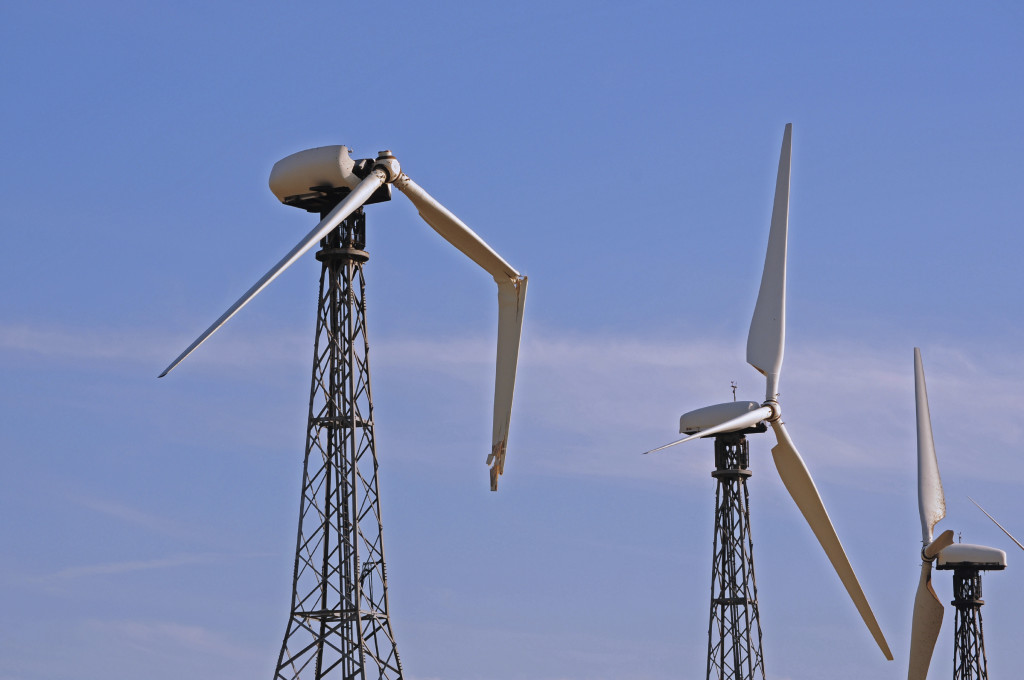The Obama administration is pursuing an aggressive plan of closing existing power plants and providing large subsidies of wind and solar electricity generation. Because of the administration’s regulations, 90 gigawatts (GW) of coal-generated power are projected to close. The Environmental Protection Agency (EPA) tells us that power bills will go down as a result of its regulations, but a new report by the Institute for Energy Research shows why electricity rates will only skyrocket under the EPA’s agenda.
New Sources Such as Wind and Even New Natural Gas Wind More Costly Than Existing Coal and Nuclear
Attempting to replace existing coal and nuclear generators with expensive new sources, especially unreliable wind and solar, will impose heavy costs on electricity consumers. Yet that is exactly what the Obama administration is trying to do by imposing their regulation of carbon dioxide emissions from existing power plants.
It is only common sense that using our existing resources is much more cost-effective than building new resources that would be required under the EPA’s agenda. However, it has been difficult to put an accurate price tag on these cost differences—until now.
A new report from the Institute for Energy Research, our sister organization, quantifies the costs of existing sources of electricity generation. The main takeaway from the report is below. The chart shows that existing coal, hydro, and nuclear are much, much less expensive than building new plants, even new natural gas plants.
The report compares the levelized cost of electricity from the existing generation fleet (LCOE-Existing), a brand new measure developed by the authors, versus the levelized cost of new generation sources (LCOE-New), a measure commonly used by government and industry. Both measures report the cost of electricity in terms of dollars per megawatt hour (MWh).
Not only are our existing electricity generators low-cost, but these generators could continue to be used for years if federal policies weren’t forcing the retirement of existing power plants.
The cost difference between existing plants and the types of electricity generation the administration is promoting is stark. For instance, the report found that electricity from new wind installations is three times more expensive, on average, than electricity from existing coal-fired generators and four times more expensive than existing nuclear. The report also estimates the cost that unreliable wind power imposes on reliable generators.
The levelized cost of electricity from existing sources is an essential measure that has been absent from debates over the EPA’s regulations and renewable energy policy. The paper’s findings dispel the myth that subsidized wind and solar facilities are cost-competitive replacements for existing power plants that use conventional fuels. Never mind that wind and solar cannot produce electricity on demand—the cost of their intermittent electricity is much more expensive than electricity from existing nuclear, hydro, and coal facilities.
LCOE-Existing: Cost of the Existing Generation Fleet
The authors of the report calculate the levelized cost per MWh of the existing fleet by incorporating reams of historical data on the actual expenses of coal, nuclear, hydroelectric, and gas plants as reported to FERC and EIA. The authors also adjust the EIA’s LCOE (LCOE-New) to accurately reflect the imposed costs associated with low-capacity distributed generation sources such as wind. The existing fleet, according to the report, has a far lower cost than new sources:
The report’s findings reveal that existing power plants can produce low-cost electricity for years to come:
- Existing Fleet Far Cheaper Than New Sources. The authors find that “existing coal nuclear and hydroelectric are about one-third of the cost of new wind resources.”
- Costs are Lowest at 30 Years. Existing plants have already paid initial transmission costs, and many have retired construction debt and equity obligations, lowering their LCOE substantially. LCOE was lowest for plants at around 30 years of age.
- Oldest Plants Still Cheaper Than New Sources. The oldest plants of each generation resource were still less expensive than the LCOE from new plants, despite rising operating costs. The existing fleet could reliably produce electricity over the next decade and beyond at a substantially lower cost than new generation resources.
Conclusion
The belief that new solar and wind generators are cost-competitive with existing conventional plants has served as a justification for forcing renewables onto the power grid. State policies such as Renewable Portfolio Standards and federal policies like the Wind Production Tax Credit and the Clean Power Plan work in tandem to encourage renewables and force existing power plants into early retirement. That means these policies will unambiguously increase the costs of electricity generation.
This is the first report to use data reported to federal agencies to calculate the cost of existing sources of generation. The authors have made a vital contribution to the electricity policy debate in offering this new measure, LCOE-Existing, which allows policymakers to accurately assess the costs and benefits of sweeping changes to America’s electricity generation fleet.
Now that the actual cost of the loss of these plants is known, it is obvious that programs that promote sources such as wind and solar will only increase the price of electricity. As the IER report illuminates, there is no question that these policies will place enormous strain on American families and businesses.
For the full report and a complete explanation of the methodology, see The Levelized Cost of Electricity from Existing Generation Resources.
